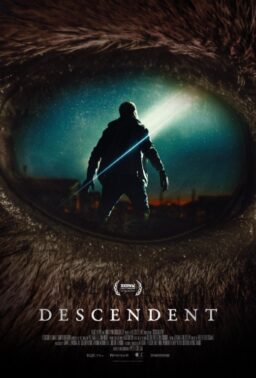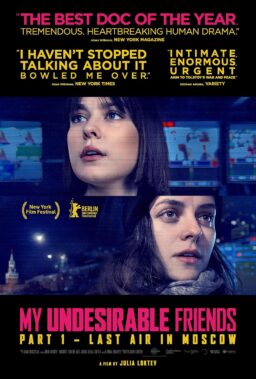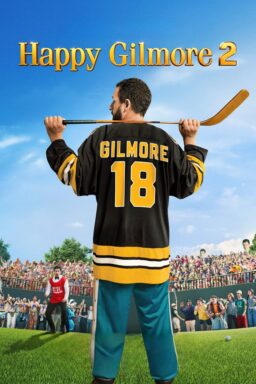PARK CITY, Utah — Sundance has become the nation’s most important film festival through an unbeatable combination: inconvenient location, lousy weather, overcrowded screening facilities, municipal hostility, and a 10-day lineup of films that in some cases will never be heard of again.
That’s one way to look at it, and there are dark days when I plow through blizzards while late to a screening, find what looks like a legal parking space, and have my car towed by free-lance buccaneers working on a commission system.
But there are other times that are magical. Like last year, racing into the library for my last possible chance to see “Girlfight.” Seeing Ethan Hawke’s “Hamlet” in the little Egyptian Theater on Main Street. Watching incredible documentaries like “On the Ropes.” Hearing director Bernard Rose extol the low-budget digital filmmaking of “ivans xtc.” Running into Johnny Rotten after the Sex Pistols documentary “The Filth and the Fury.” Meeting the Buddhist monk who directed “The Cup,” the first film from Bhutan. Or discovering a sleeper like “Panic,” with William H. Macy as a hit man steered through a midlife crisis by the younger but wiser Neve Campbell. Witnessing passionate debates on the future of digital filmmaking. And running into Val Kilmer, Kevin Spacey, Jodie Foster, Danny DeVito, and, yes, Tammy Faye Bakker.
All in all, I’d hate to miss Sundance. It would be the perfect festival, if only it were held in Santa Barbara.
This year’s festival begins tonight with the premiere in Salt Lake City of Christine Lahti’s “My First Mister,” about a love affair between a disturbed 17-year-old (Leelee Sobieski) and her boss at a clothing store (Albert Brooks). Then the festival moves up the hill to Park City, for its opening night on Friday of “The Caveman’s Valentine,” the much-discussed film starring Samuel L. Jackson as a Manhattan street person, directed by Kasi Lemmons (whose “Eve's Bayou” was the best film of 1997).
Sundance’s focus is on the independent film movement, and it was here that the movement and the festival were put on the map in 1989 with the premiere of Steven Soderbergh’s “sex, lies, and videotape.” Since then, indies have become an energizing force in the American film industry, with new faces like Quentin Tarantino (“Pulp Fiction“), Spike Lee (“Do the Right Thing“), Paul Thomas Anderson (“Boogie Nights“), Antonia Bird (“Safe“), Spike Jonze (“Being John Malkovich“), Kimberly Peirce (“Boys Don't Cry“), Todd Solondz (“Happiness“) and Neil Labute (“In the Company of Men“).
This year’s festival includes premieres of new movies of leading indie directors like Tom DeCillo, whose “Double Whammy” stars Denis Leary and Steve Buscemi in a story of homicide cops; Lea Pool‘s “Lost And Delirious,” with hot newcomer Piper Perabo in a story of self-discovery; Michael Apted, whose “Enigma” stars Kate Winslet in a Tom Stoppard screenplay about breaking the Nazi code, and veteran indie Bobby Roth’s “Jack the Dog,” about a compulsive womanizer.
Also, Allison Anders’ “Things Behind the Sun,” with Kim Dickens as a young rock musician; Gary Oldman and Skeet Ulrich as dim drifters in David Seltzer’s “Nobody’s Baby”; indie heroines Lili Taylor and Courtney Love in Bob Gosse’s “Julie Johnson” (with Taylor as a Houston housewife with a secret passion for theoretical physics); Lee Davis’ “3 A.M.,” with Danny Glover, Pam Grier and Sarita Choudhury in a story of New York cabbies, and Michael Rymer’s “Perfume,” of which perhaps all you have to know is that it stars Jeff Goldblum and is illustrated by a photo of eight nude fashion models.
That’s just a sampling of the major premieres. There are also foreign films, documentaries, sidebars, revivals, experiments, workshops and of course the refusenik satellite festivals such as Slamdance and Nodance.
What’s the single screening I’m most looking forward to? That would be Richard Linklater’s “Waking Life,” an animated film by the director of “Slacker,” “Before Sunrise,” and “Dazed and Confused.” The movie was made by Linklater with two Austin, Texas, computer animation wizards, Bob Sabiston and Tommy Pallotta, who use their new software, RotoShop, to convert live-action digital footage into stylized animation. The breakthrough here is that they did it at home, on relatively inexpensive Macintosh G4s. (“By contrast,” writes Wired mag in its current issue, “(‘Toy Story‘ studio) Pixar this year bought 250 Silicon Graphics workstations, which typically run up to $30,000 a pop.”)
“Waking Life” may be good, may be bad (with Linklater, I’m betting on good). But it will certainly showcase this year’s most important breakthrough. By showing how high-quality, good-looking, full-motion animation can be put into the hands of the garage studios, it will be for Sundance 2001 what the breakthrough of digital video was a few years ago. I think it’s called putting the means of production into the hands of the workers.











